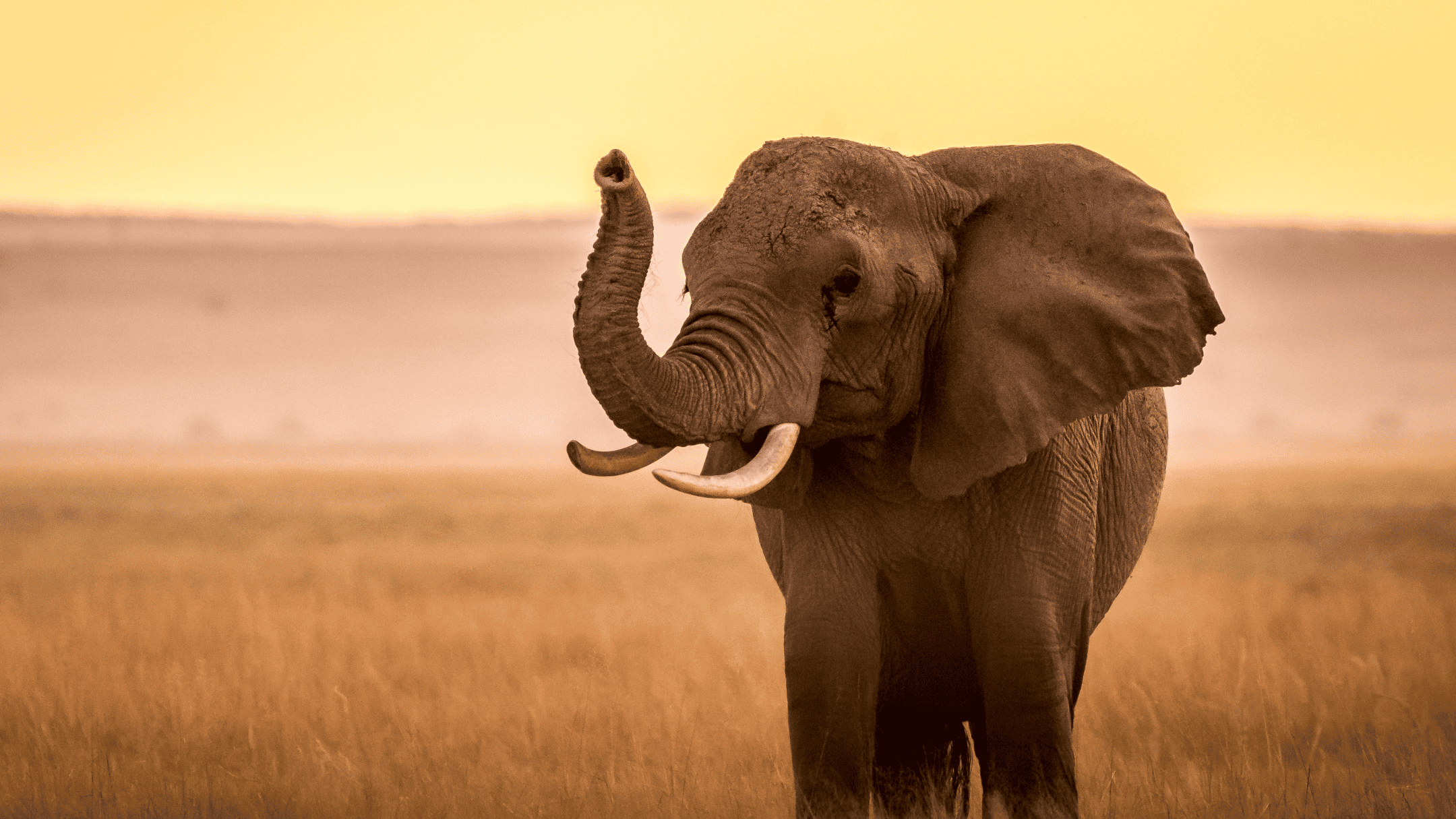- 1
- 8
- 1
- 1
Maasai Mara National Reserve
Location: Narok County, southwestern Kenya
Best Time to Visit: July to October (Great Wildebeest Migration), but good year-round
Famous For: Big Cats, the Big Five, and the Great Migration
Ecosystem: Open savannah, acacia woodland, and riverine forests
Key Wildlife: Lions, leopards, cheetahs, elephants, rhinos, wildebeests, zebras, hyenas, giraffes, crocodiles, and hundreds of bird species
Introduction
The Maasai Mara National Reserve is Kenya’s most celebrated wildlife destination, a vast expanse of golden savannah where nature plays out its most spectacular scenes. Covering approximately 1,510 square kilometers, it is part of the greater Mara-Serengeti ecosystem and is named in honor of the indigenous Maasai people who inhabit the area.
This reserve is the stage for the legendary Great Wildebeest Migration, often referred to as the “eighth wonder of the world.” It also offers a high density of predators, particularly big cats, and year-round opportunities to witness the “Big Five.”
Geographic Location and Accessibility
The Maasai Mara is located in southwestern Kenya, about 270 kilometers from Nairobi. Most visitors access the reserve via a 6-hour drive from Nairobi or by a 45-minute flight to one of the many airstrips within or near the park.
The reserve is bordered to the south by Tanzania’s Serengeti National Park, forming a critical part of the greater Serengeti-Mara ecosystem. To the north, east, and west, the Mara is flanked by a mix of Maasai community conservancies that also support wildlife conservation.
Best Time to Visit
July to October – The Great Migration
Peak season and the best time to visit if your goal is to witness the Great Migration. These months offer cool, dry weather, ideal for game viewing.
November to March – Green Season
Lush landscapes, migratory birds, and fewer tourists. Great for calving season and predator sightings.
April to May – Long Rains
The wettest months. Roads can be muddy, but scenery is stunning. Excellent for bird watching and photography.
Wildlife in Maasai Mara
1. The Big Five
- Lions: High density; often seen hunting or resting in prides.
- Leopards: Found in riverine forests, especially in the Mara Triangle.
- Elephants: Common throughout, especially in forested areas.
- Buffaloes: Seen in large herds near water bodies.
- Rhinos: Rare, but both black and white rhinos present.
2. Cheetahs
Best seen in open grasslands. Famous for high-speed hunts.
3. Wildebeests and Zebras
Stars of the Great Migration. Seen in massive herds during migration season.
4. Hippos and Crocodiles
Found in Mara and Talek Rivers, especially active during river crossings.
5. Hyenas, Jackals, and Other Predators
Common sightings of hyenas, jackals, servals, and bat-eared foxes.
6. Birdlife
- Secretary birds
- Vultures
- Martial eagles
- Lilac-breasted rollers
- Ground hornbills
- Ostriches
The Great Migration
Around July, herds begin crossing into the Mara from the Serengeti. By August and September, the plains are full of wildlife. River crossings are dramatic and predator-filled. By October, herds return south.
Safari Activities in Maasai Mara
- Game Drives: Best during morning/evening and migration season.
- Hot Air Balloon Safaris: Fly at sunrise followed by bush breakfast.
- Cultural Visits: Interact with the Maasai and visit local villages.
- Walking Safaris: Offered in surrounding conservancies.
- Night Drives: Only in private conservancies.
Accommodation Options
- Luxury: Angama Mara, Mara Serena Safari Lodge, Governor’s Camp
- Mid-Range: Basecamp Explorer, Ilkeliani Camp
- Budget: Public campsites, affordable tented camps
Conservation and Community
Community conservancies allow the Maasai to benefit economically while protecting wildlife. These areas offer eco-friendly safaris and deeper cultural immersion.
Getting There
- By Road: 5–6 hours from Nairobi via Narok
- By Air: Daily flights from Wilson Airport to various Mara airstrips
Conclusion
The Maasai Mara National Reserve is a stage where nature’s wonders unfold daily. With unmatched wildlife, scenic beauty, and rich culture, it’s the heart of Kenya’s safari experience.
Quick Facts
- Location: Narok County, Kenya
- Size: 1,510 km²
- Best Time: July to October
- Famous for: Big Cats, Great Migration
- Nearby Park: Serengeti
Highlights
- Hot air balloon safaris
- Community conservancies
- Luxury tented camps




